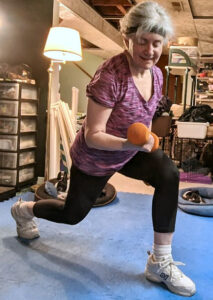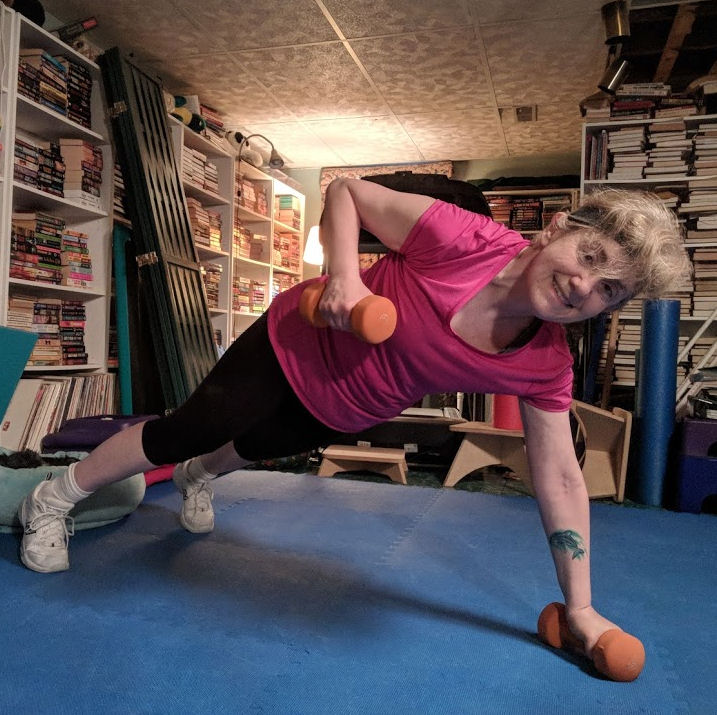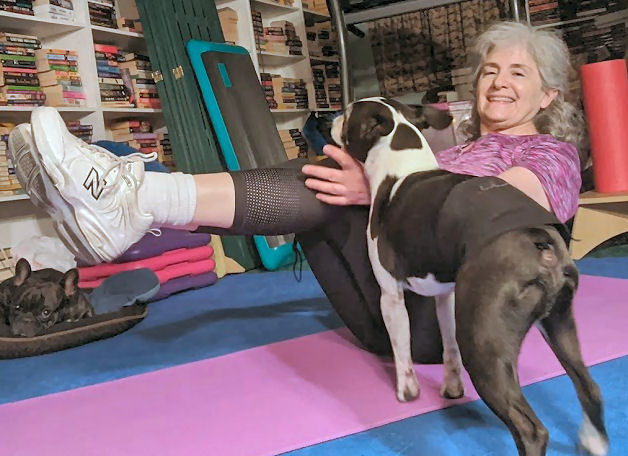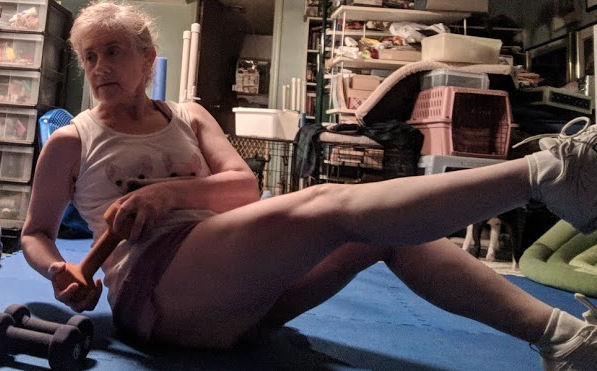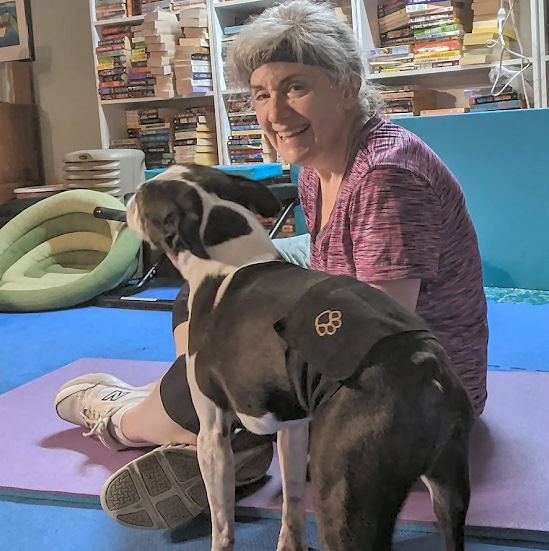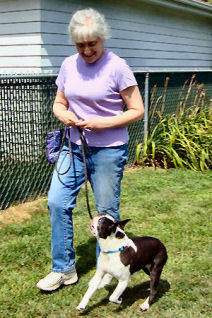A while ago I told you about 2 kinds of motivation – extrinsic and intrinsic. External and internal motivation – your motivation is fueled by outer forces, or you’re motivated because you enjoy the project. But, that doesn’t explain how people who do not like to exercise still get up, change their shoes and work out five days a week. The benefits of exercise don’t matter. When it comes to doing a bunch of burpees and getting hot and sweaty, I don’t care if this will help me remember things. I’d rather do a Sudoku puzzle. My heart is fine, thank you. My healthy aging? Doing great, thanks. And as long as I can zip my jeans, my weight is good.
What makes mundane tasks more motivating?
So here’s where the third type of motivation comes in. The Harvard Business Review did a study on how to make even the most mundane tasks more motivating. And you might be surprised at the results.
Do it for others
Do it for others. You’re part of a team. When you exercise, you make an investment in yourself. Your family needs and depends on you. You exercise for them. And that’s the third type of motivation. The motivation that inspires you to go above and beyond what you think you’re capable of. The thing that makes you push beyond what you thought were your boundaries. You can achieve more than you ever thought possible when you do things for the people in your life who you love, and who love you.
Your secret weapon
The third type of motivation goes much further than intrinsic or extrinsic motivation. This motivation brings in a secret weapon – other people. You can use these other people as your exercise team. Some people are able to sustain exercise when they do it with others, either as part of a group class or an accountability group. When I took group step classes, for example, I was able to forget how out of breath I was. The music and cheering of others lifted me up and kept me going. My classmates, or my team, motivated me to continue stepping, jumping, and lunging past the point where I might have stopped.
Your accountability team can also keep you going. If you have a group that checks in with each other once a day, for example, you know that you’re going to have to tell them that you worked out for a half hour or 45 minutes, or an hour. Or you have to tell them that you wussed out and didn’t exercise. Most times peer pressure motivates us to do the thing we really don’t want to do.
If you really like to exercise – great! Do it. If the benefits you get from exercise motivate you to work out, that’s good too. But if these types of motivation just aren’t doing it for you, you can rely on the third type of motivation to get you up and moving. Exercise for others.



